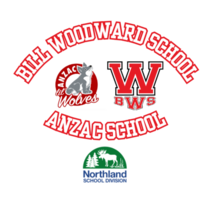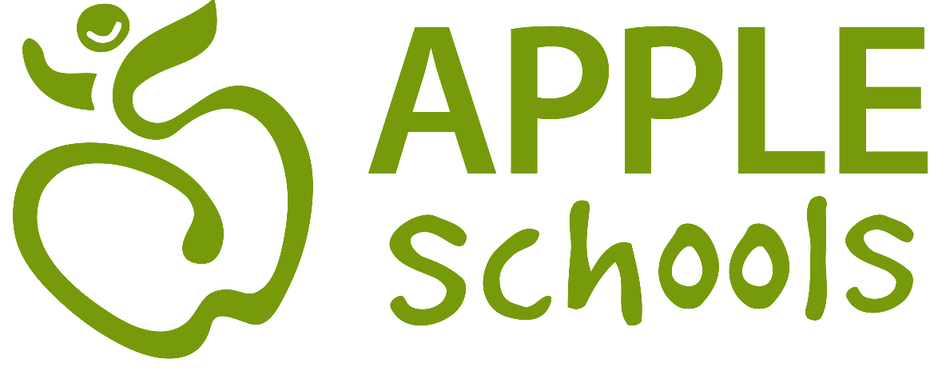Anzac Community School and the grade 4/5 class in Bill Woodward School will once again be
implementing our snack exchange program. The goal of this program is to encourage students
to eat healthy “choose most often” snacks.
HOW IT WORKS
1) Students can turn in their “choose least often” snack and exchange it for a “choose most often” snack. They will then get a sticker for their chart.
2) Students who bring a “choose most often” snack of their own can show the teacher their snack and they will get a sticker for their chart.
3) Students who take a “choose most often” from the office can show the teacher their snack and they will get a sticker for their chart.
4) Once students have received 5 stickers they can pick a fun, active toy such as bubbles, bouncy balls and pinwheels.
CHOOSE MOST OFTEN FOODS
Vegetables and fruit:
Fresh, frozen canned or dried
Prepared with no added fat, sugar or salt
Not deep fried
Limit juice to one per day
Examples: Raw vegetables like carrots, grape tomatoes, peppers, cucumbers or celery. An apple, orange or kiwi also works!
Grain products:
Whole grains such as wheat, rye, oats, barley, & brown or wild rice
Whole grain baked products with fruit & vegetables
Quinoa, barley, wild or brown rice, bulgar, oats and cornmeal
Examples: Whole grain crackers. Air-popped popcorn. Blueberry muffin. Whole wheat bagel.
Milk & Alternatives:
Plain no flavour added skim, 1% or 2% or fortified soy beverage
Yogurts and cheese low in fat, sugar and salt
Examples: Piece of cheese. Yogurt. Glass of milk.
Meat & Alternatives:
Select meat and alternative with little or no added fat, sugar or salt
Trim the visible fat from meats. Remove the skin on poultry.
Use cooking methods such as roasting, baking or poaching.
Choose lean deli/luncheon meats, sausages and prepackaged meats, make sure they are
also lower in salt (sodium) and fat.
Examples: All lean meats (beef, venison, bison, pork, lamb, etc.), poultry (chicken,
turkey, duck, etc.), and fish —baked, broiled, boiled, poached, roasted, grilled or BBQ'd
All legumes (beans, lentils and peanuts), nuts, seeds and nut butters. Hummus, eggs and tofu.
CHOOSE LEAST OFTEN FOODS
Eating Well with Canada’s Food Guide recommends limiting foods and beverages high in
calories, fat, sugar or sodium (salt) such as:
Cakes and pastries
Chocolate and candies
Cookies and granola bars
Doughnuts and muffins
Ice cream and frozen desserts
Deep fried french fries, potato chips, nachos and other salty snacks.
Fruit-flavoured drinks, soft drinks, sports and energy drinks, and sweetened hot or cold drinks.
Note: These foods are not recommended as they may also contain hydrogenated vegetable
oils and/or vegetable oil shortenings and/or artificial sweeteners. When choosing foods that have high amounts of fat, sugar, sodium (salt) and are low in fibre, choose a small portion size.

